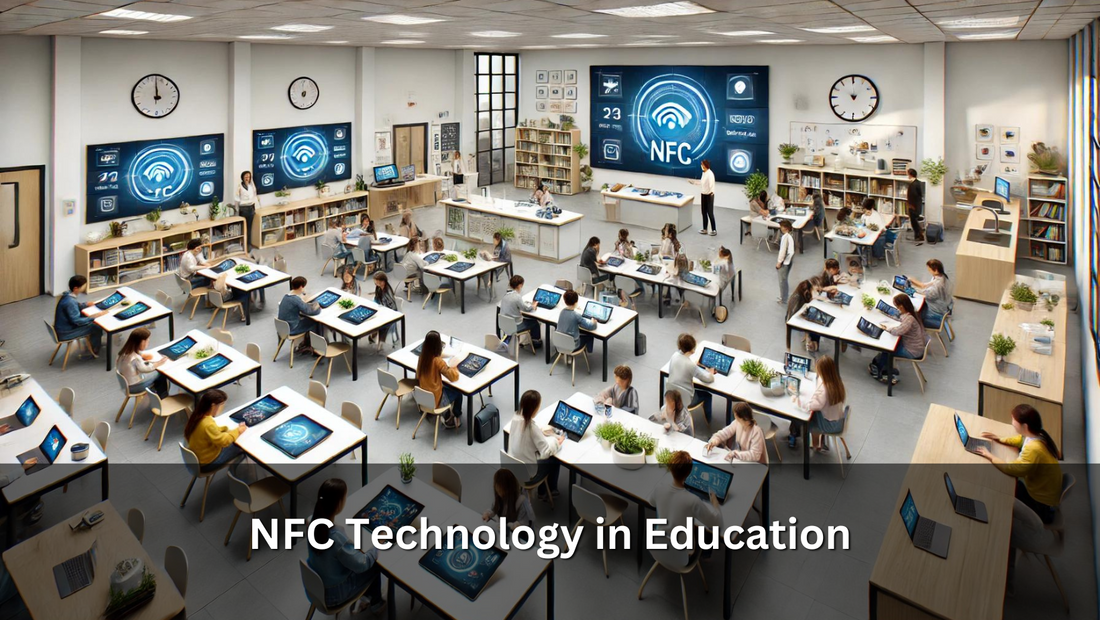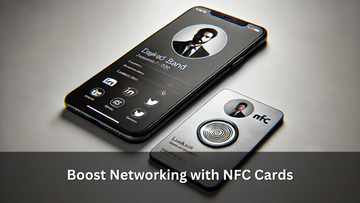NFC Technology in Education

Introduction to NFC Technology in Education
Near Field Communication (NFC) technology is revolutionizing the way educational institutions operate by enhancing interactivity and streamlining processes. NFC allows devices to communicate wirelessly when in close proximity, making it an ideal tool for various educational applications. From automating attendance to sharing digital resources, NFC is creating a more efficient and engaging learning environment. As schools and universities increasingly adopt digital tools, NFC stands out for its simplicity and versatility, offering both students and educators new ways to connect and collaborate in the classroom.

How NFC Enhances Classroom Learning
NFC technology enhances classroom learning by creating interactive and efficient educational experiences. With a simple tap of an NFC-enabled device, students can access multimedia content, join virtual classrooms, or submit assignments instantly. Teachers can utilize NFC to facilitate group work by quickly sharing resources with the entire class or with specific groups. For example, placing NFC tags on desks can help students retrieve lesson plans or collaborative tools tailored to their learning needs. NFC also enables real-time polling or quizzes, making it easier for teachers to gauge student understanding and adapt lessons on the fly. This technology fosters a more dynamic and responsive learning environment.

NFC for Streamlined Administrative Processes
NFC technology is not just a tool for learning; it also plays a vital role in streamlining administrative processes in educational institutions. By integrating NFC into school systems, tasks such as access control, identity verification, and attendance tracking become automated and more secure. For example, students and staff can use NFC-enabled ID cards to access restricted areas, reducing the need for manual checks. Document management becomes easier as NFC tags can store and retrieve important data with a simple tap. This automation saves time and reduces human error, allowing administrators to focus on more critical tasks.
Promoting Collaboration and Engagement with NFC
NFC technology fosters collaboration and engagement among students by making it easier to share information and work together on projects. With NFC-enabled devices, students can quickly exchange files, join group discussions, or collaborate on shared documents with just a tap. This technology encourages active participation and supports peer learning, as students can effortlessly connect with each other during group activities. Additionally, NFC can be used in gamified learning experiences, where students work in teams to complete tasks, enhancing both engagement and teamwork in the classroom.

Future of NFC in Education
The future of NFC in education holds exciting possibilities as technology continues to evolve. With advancements in smart classrooms, NFC could become a cornerstone of personalized learning, enabling adaptive content delivery based on individual student needs. Schools might also integrate NFC with augmented reality (AR) for immersive educational experiences, where students can interact with virtual objects by simply tapping their devices. As the Internet of Things (IoT) grows, NFC could connect various educational tools, creating a fully interconnected learning environment that enhances both teaching and learning.
Conclusion
NFC technology is revolutionizing education by enhancing classroom learning, streamlining administrative tasks, and promoting student collaboration. As schools continue to adopt NFC, the potential for creating more efficient, engaging, and personalized learning experiences grows, making it a crucial tool for the future of education.
We at NFC Tagify provide all sorts of NFC Solutions. Contact us: Tel. 01600800080, Email: info@nfctagify.com









